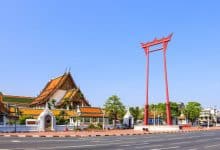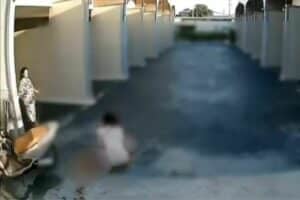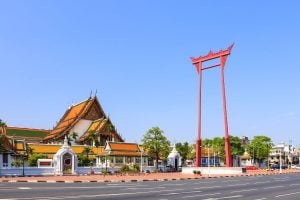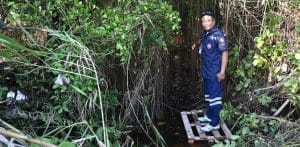Chiang Rai’s White Temple to double tourist fee in 2026
New rate includes access to art gallery featuring surreal sculptures

Wat Rong Khun in Chiang Rai will double its entry fee for foreign tourists to support maintenance and upgrades at the popular temple attraction.
Starting January 1, 2026, Wat Rong Khun, also known as the White Temple, will increase its entry fee for foreign tourists from 100 baht to 200 baht. The new ticket price includes access to the popular Cave of Art, a surreal gallery space showcasing Buddhist cosmology through the unique vision of artist Chalermchai Kositpipat.
Temple officials say the price hike is necessary to maintain the site’s striking architecture and handle the rising number of tourists.
“This adjustment is to ensure we can properly care for the temple and offer a better experience for all visitors. The revenue will help with upkeep, improvements and crowd management.”

Thai nationals will still be able to visit free of charge, a standard practice at many cultural landmarks across the country. Children shorter than 120 centimetres and visitors aged 70 and above will also continue to receive free entry, regardless of nationality.
Wat Rong Khun, known worldwide for its all-white façade and intricate mirror-tile details, was designed by famed Thai visual artist Chalermchai in 1997. Blending traditional Buddhist themes with contemporary artistic interpretations, the temple has become one of northern Thailand’s most photographed destinations.
Unlike traditional temples, Wat Rong Khun is more of a modern art installation with spiritual undertones than a religious centre: no monks reside there.
The Cave of Art, one of its main attractions, features dramatic sculptures and murals that explore themes of karma, rebirth and the path to nirvana. Visitors pass through eerie representations of hell realms before reaching symbolic depictions of enlightenment.
Despite the price bump, temple officials are confident that international visitors will continue to flock to the site, particularly Chinese tourists, who make up the majority of foreign arrivals, reported KhaoSod English.
As with many Thai heritage sites, dual pricing remains in place, a controversial but longstanding practice that aims to balance local access with tourism revenue.
Officials are encouraging visitors to plan for the 2026 fee adjustment and continue supporting the preservation of one of Thailand’s most unique and imaginative landmarks.
Latest Thailand News
Follow The Thaiger on Google News:


























